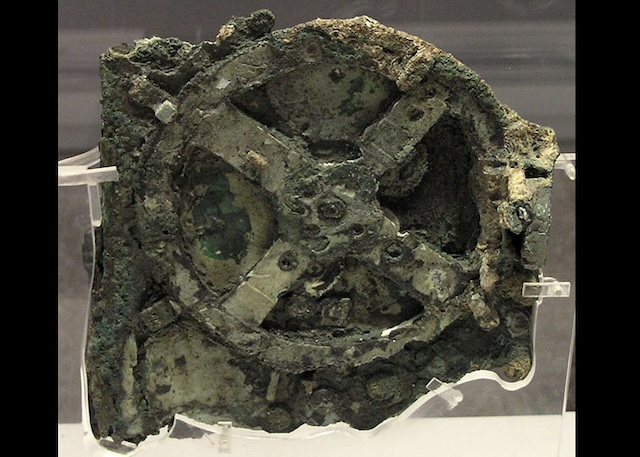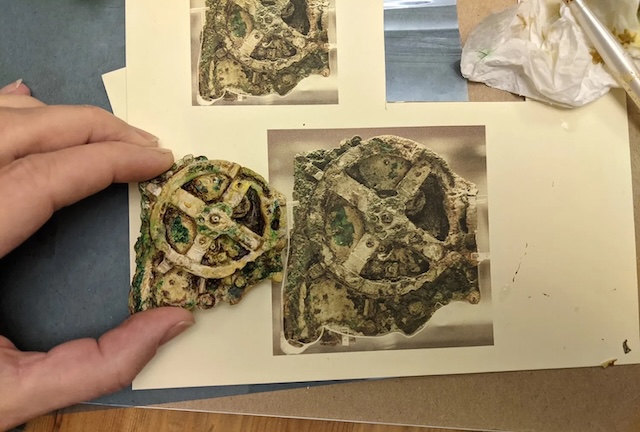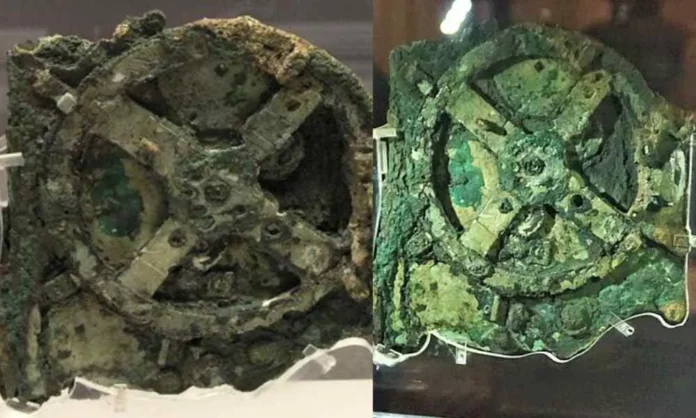Deep in the annals of ancient Greece lies a fascinating discovery that has captivated the world of archaeology and science alike—the Antikythera mechanism. Found off the coast of the Greek island of Antikythera, this ancient device is believed to be the oldest analog computer ever discovered. Dated back to between 150 and 100 BCE, this intricate machine has intrigued researchers for over a century, sparking a journey to decode its mysterious functions. Let’s take a closer look at the secrets behind this ancient technological marvel.
Unlocking the Mystery
Imagine a time long before modern computers, smartphones, and advanced machinery—back when the Greeks were at the height of their civilization. It was then that the Antikythera mechanism came to life. This incredible device, composed of a complex arrangement of bronze gears, wheels, and dials, was far more than a simple tool. It was used to track celestial movements, including the positions of the sun, moon, and planets, and it could even predict solar and lunar eclipses.
Discovered in 1901 by sponge divers exploring a Roman shipwreck, the Antikythera mechanism has been hailed as one of the greatest archaeological discoveries of all time. But it wasn’t until recent years, with the help of modern X-ray and 3D imaging technology, that researchers were able to truly grasp the full extent of its sophistication.

Decoding the Mechanism
Breaking down the Antikythera mechanism’s intricate workings was no easy feat. The device, which was heavily corroded after spending centuries underwater, appeared as little more than a lump of bronze at first glance. But over time, scientists began to piece together its various components, like solving an ancient puzzle. By examining the inner gears and studying ancient Greek inscriptions, they uncovered how this advanced analog computer once functioned.

The mechanism’s front dial contained a rotating pointer, which aligned with the zodiac and the Egyptian calendar, allowing users to predict the timing of astronomical events. The back dials displayed lunar cycles and eclipses, and even accounted for the irregularities in the moon’s orbit. Through a combination of scientific knowledge, mechanical craftsmanship, and astrological insights, the ancient Greeks were able to design a tool that gave them a profound understanding of the cosmos.

Significance and Legacy
The Antikythera mechanism stands as a testament to the ingenuity of the ancient Greeks. While we often associate the Greeks with their achievements in philosophy, art, and architecture, this device shows us that their understanding of astronomy and mechanics was equally groundbreaking. The mechanism also reveals just how advanced Greek society was in terms of technology and their desire to explore the mysteries of the universe.
More than just a scientific tool, the Antikythera mechanism symbolizes the human drive to understand the world around us. It has inspired countless scientists, researchers, and historians to continue exploring ancient technologies, offering a glimpse into the brilliance of a civilization that was far ahead of its time.

Conclusion
The Antikythera mechanism is not just a relic from the past; it’s a window into the minds of the ancient Greeks. This awe-inspiring device, often referred to as the world’s first computer, reminds us that the quest for knowledge and technological innovation has deep roots in history. As we uncover more about this remarkable invention, we are continually reminded of the incredible legacy of ancient Greece—a culture whose brilliance continues to inspire the modern world.
Whether you’re a history buff, a science enthusiast, or simply curious about the wonders of the ancient world, the Antikythera mechanism is a story that transcends time, showcasing the enduring power of human curiosity and innovation.
